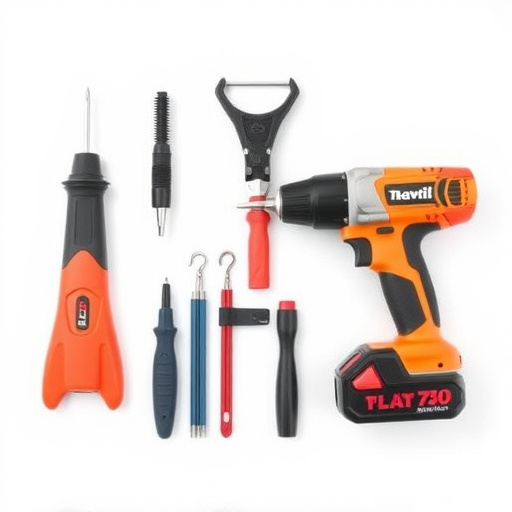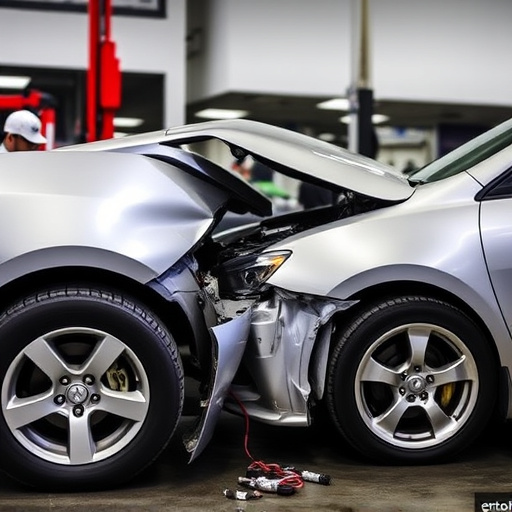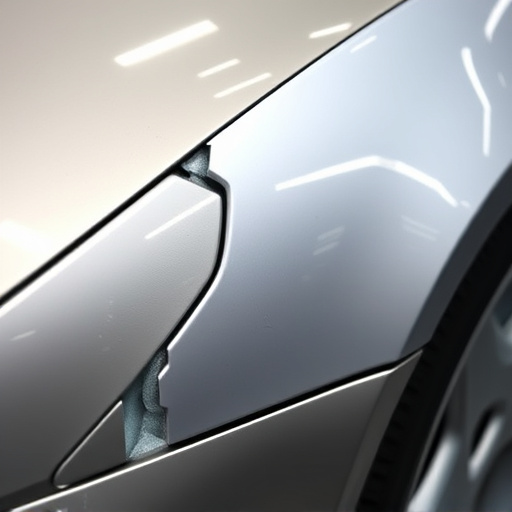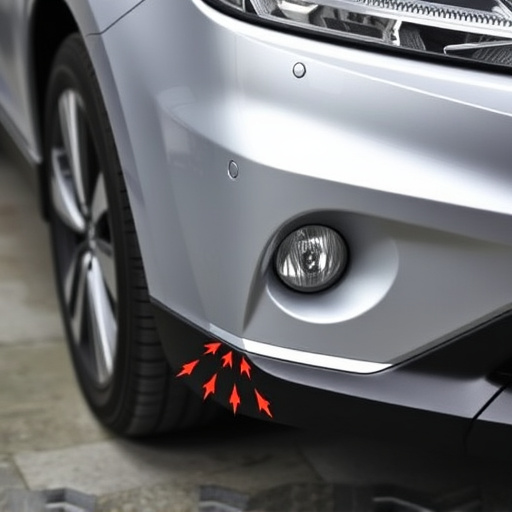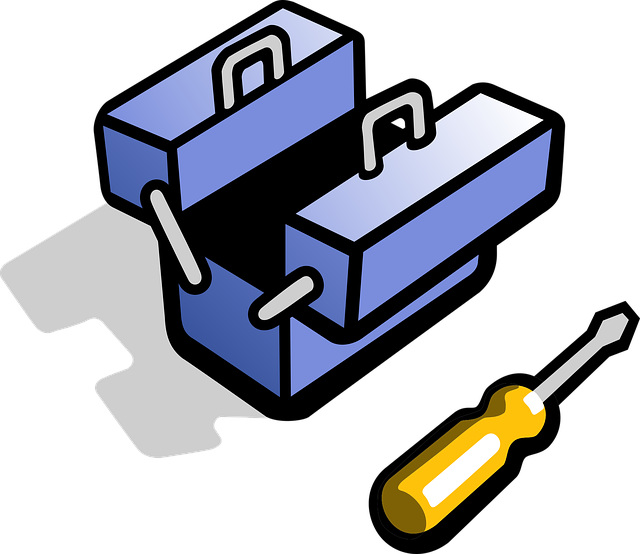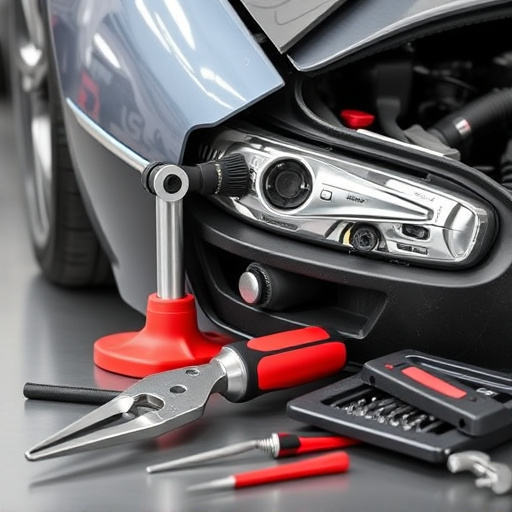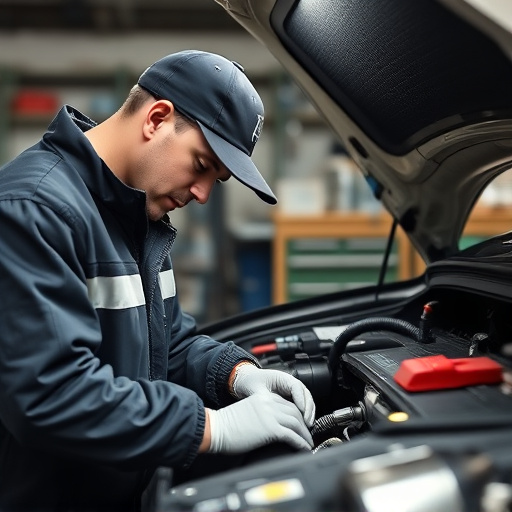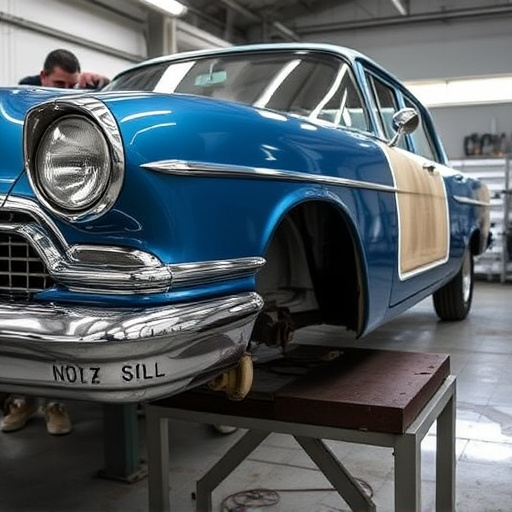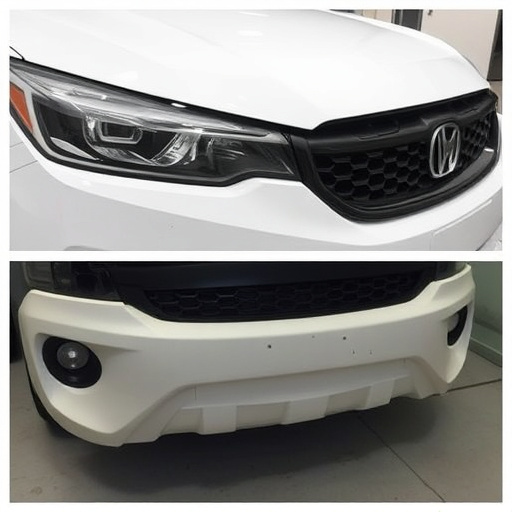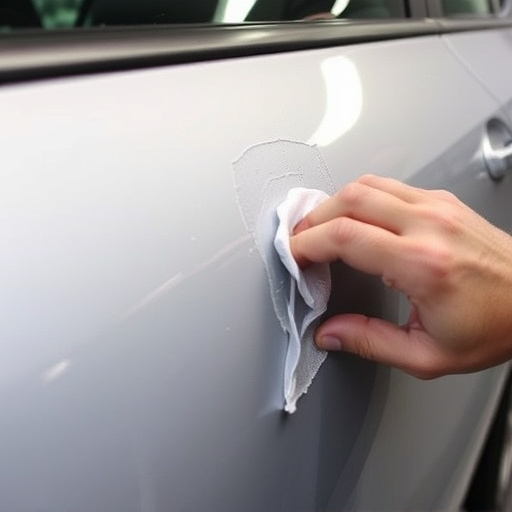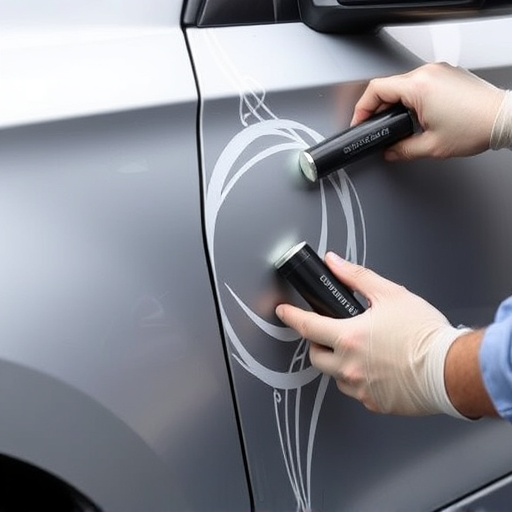Effective vehicle repair communication, powered by digital technology, enhances transparency and speed, reducing misalignments between stakeholders like car owners, mechanics, and insurance companies. This leads to improved damage assessments, lighter administrative burdens, and higher customer satisfaction. Luxury brands like Mercedes Benz already leverage these systems for streamlined repairs and client coordination. Feedback mechanisms integrated into digital platforms allow shops to continuously improve service quality based on customer experiences, fostering loyalty through responsive and transparent communication.
In the realm of modern automotive service, effective communication during vehicle repairs is paramount. However, gaps often exist between workshops, mechanics, and customers, leading to misaligned expectations and potential dissatisfaction. This article explores how technology can bridge these communication gaps. We delve into various tools that streamline repair updates, ensuring transparency for customers. Furthermore, we discuss strategies to measure and enhance customer satisfaction through technological interventions, ultimately improving the overall vehicle repair experience.
- Understanding Vehicle Repair Communication Gaps
- Technology Tools for Efficient Repair Updates
- Measuring and Improving Customer Satisfaction
Understanding Vehicle Repair Communication Gaps
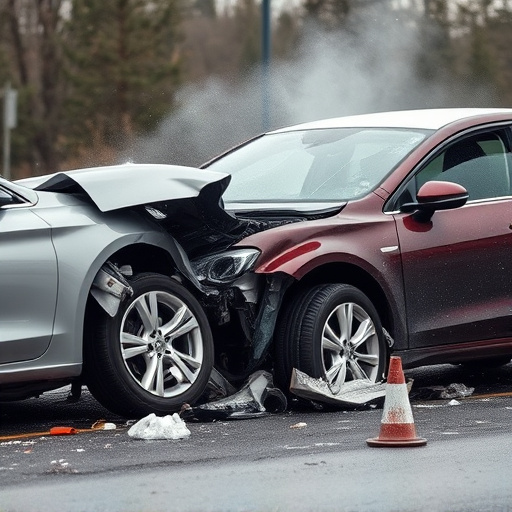
In the realm of vehicle repair, effective communication is key to ensuring that cars are serviced efficiently and accurately. However, gaps often exist between various stakeholders—from car owners to mechanics and insurance companies—due to misaligned expectations, complex processes, and a lack of standardized procedures. These communication breakdowns can lead to delays, errors, and ultimately, dissatisfied customers. For instance, a fender bender incident might spark a series of misunderstandings, from the initial report of damage to the final repair estimate, causing frustration for all parties involved.
By utilizing technology, these communication gaps can be bridged. Digital platforms that streamline interactions between car owners, collision repair shops, and insurance providers can enhance transparency, speed up processes like estimating and invoicing, and even provide real-time updates on repairs. In the context of a car bodywork or collision repair, this means more accurate damage assessments, reduced administrative burdens, and ultimately, improved customer satisfaction.
Technology Tools for Efficient Repair Updates

In today’s digital era, efficient communication is key to successful vehicle repair services. Technology tools designed for vehicle repair communication offer real-time updates and seamless interaction between workshops, customers, and parts suppliers. Apps and software platforms enable quick transmission of service quotes, work orders, and progress reports, eliminating the need for manual, time-consuming paperwork.
For instance, luxury vehicle repair shops like Mercedes Benz often adopt advanced systems to streamline their processes. These tools allow mechanics to document repairs, track parts inventory, and communicate directly with clients, ensuring transparency throughout the car body repair process. Such digital solutions enhance overall customer satisfaction by providing timely updates and promoting effective coordination.
Measuring and Improving Customer Satisfaction

Effective communication is pivotal in the vehicle repair industry as it significantly impacts customer satisfaction and loyalty. Measuring this effectiveness involves gathering feedback from clients post-repair. Simple surveys or rating systems can be integrated into digital communication platforms, allowing customers to rate their experience with various aspects, such as responsiveness, transparency, and overall service quality.
By analyzing these responses, auto body shops and auto glass repair services can identify areas of improvement. For instance, if many clients express frustration with the lack of updates during lengthy repairs, implementing a more robust communication system—like automated text updates or personalized calls—could enhance their satisfaction. Regular feedback mechanisms ensure that every interaction becomes an opportunity to refine processes, fostering a positive relationship between the auto maintenance shop and its customers.
By leveraging technology tools to bridge vehicle repair communication gaps, auto shops can significantly enhance customer satisfaction. Real-time updates via digital platforms ensure transparency, fostering trust among clients. Effective communication not only improves customer experience but also streamlines repairs, making the process more efficient for both parties. Embracing these technological advancements is key to staying competitive in today’s automotive industry.
